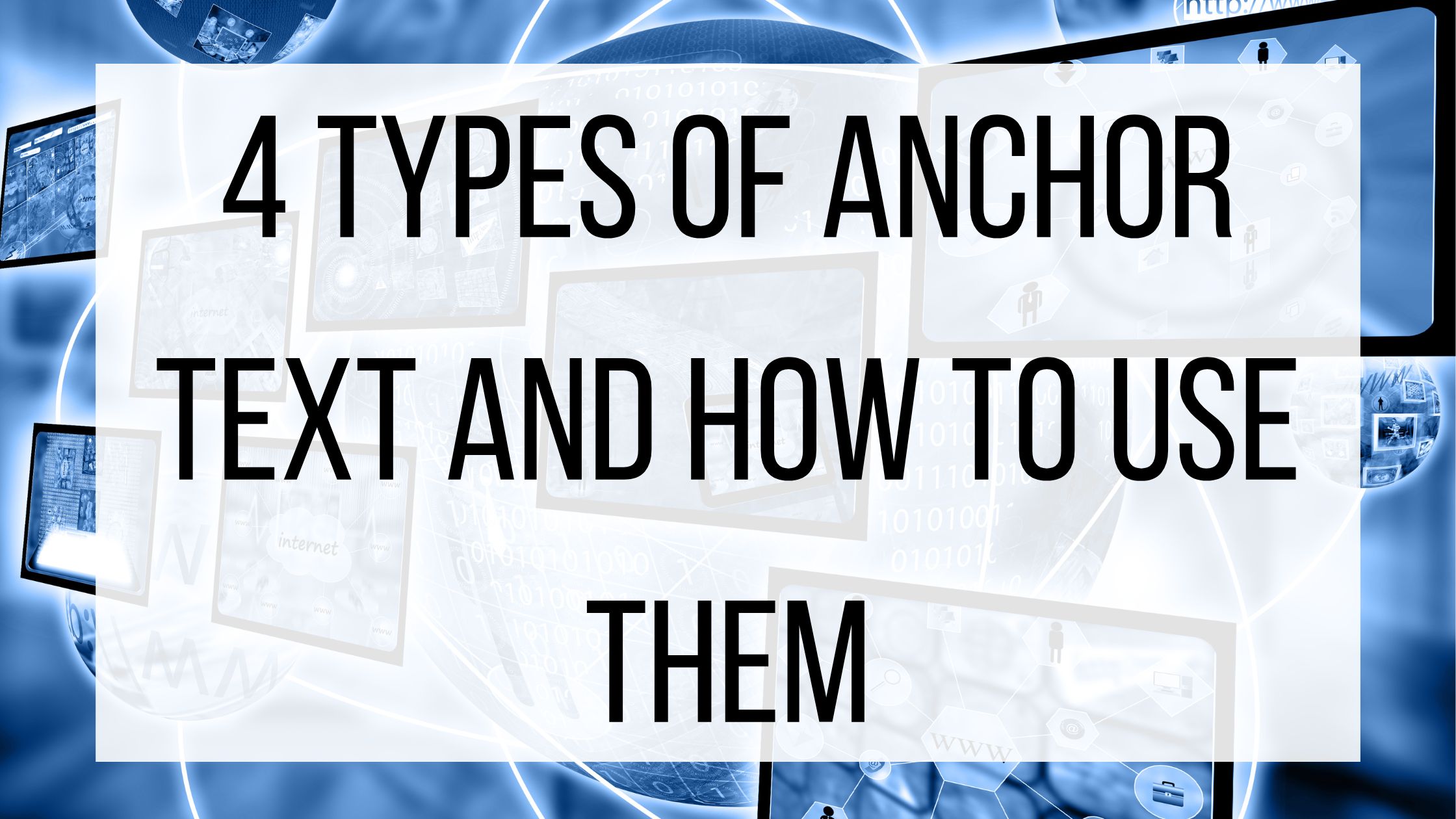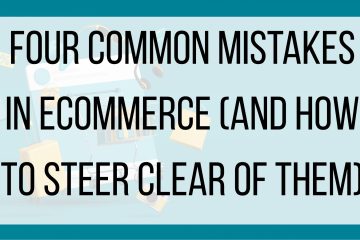4 Types Of Anchor Text And How To Use Them

When writing about a topic in your field, how often do you think to connect it to something you’ve covered before? Many marketers get caught up in the excitement of sharing new ideas and do not think to link previous relevant content. These links, known as anchor text, are often overlooked, but can play a crucial role in boosting your content. Anchor text not only helps to deepen a reader’s understanding but also strengthens your SEO. It might seem like a small detail, but optimizing anchor text can lead to significant results.
What Is Anchor Text?
Anchor text is simply the clickable, hyperlinked words on a website that lead to another page, either within the same domain or to an external site. It serves two main purposes- guiding users to more details or information, and letting search engines know what the linked page is about. To make your anchor text as effective as possible, ensure it’s specific and relevant to the content it’s linked to. While the anchor text itself doesn’t need to include your exact target keyword, it should appear in a sentence that does. When anchor text points to meaningful, well-matched content, search engines- especially Google- can better understand the connection, improving rankings for both the current page and the linked content.
Types Of Anchor Text:
There are different types of anchor text depending on what your goal is. Understanding these can help you utilize anchor text to achieve maximum results. Here are four of the most common types of anchor text.
Exact Match
Exact match anchor text uses a specific keyword that the target webpage is wanting to rank. For example, using vendor signup as an anchor text to direct readers to a vendor signup form. Although exact match can be useful and tells your audience exactly what they are clicking on, overusing them can set off a spam filter.
Partial Match
Partial match anchor text is one of the most common and effective types. It uses a variation of the keyword related to the linked page’s topic. This approach works well because it clearly signals the subject to both readers and search engines, while keeping the writing natural and fluid. By using partial matches, you avoid forced phrasing just to include an exact keyword.
Naked Link
Naked links are easy to use, but not the most effective form of anchor text. Naked links are simply a copy and paste of the URL that you want to guide your audience towards. For example, we could say, “To learn more about BMT Micro, visit our FAQ page: https://bmtmicro.com/faq”, or “To learn more about BMT Micro, visit our FAQ Page“. Although both links take you to the same destination, the second is much less disruptive for the reader. Naked links can also lead your audience to believe that you are not “tech savvy” and can hurt your credibility.
Generic
Generic anchor text uses general phrases like “this blog post” or “this page” to link to other content. While this type of anchor is easy for readers to follow, it provides less context for search engines. To ensure clarity and maintain SEO value, it’s important to include relevant keywords nearby in the sentence when using generic anchor text.
Adding anchor text may seem like a minor detail, but it plays a crucial role in setting you apart from the competition. When used strategically with hyperlinks and relevant keywords, it helps search engines better understand your content, whether it’s a page, blog, or article, and can significantly expand your reach.


